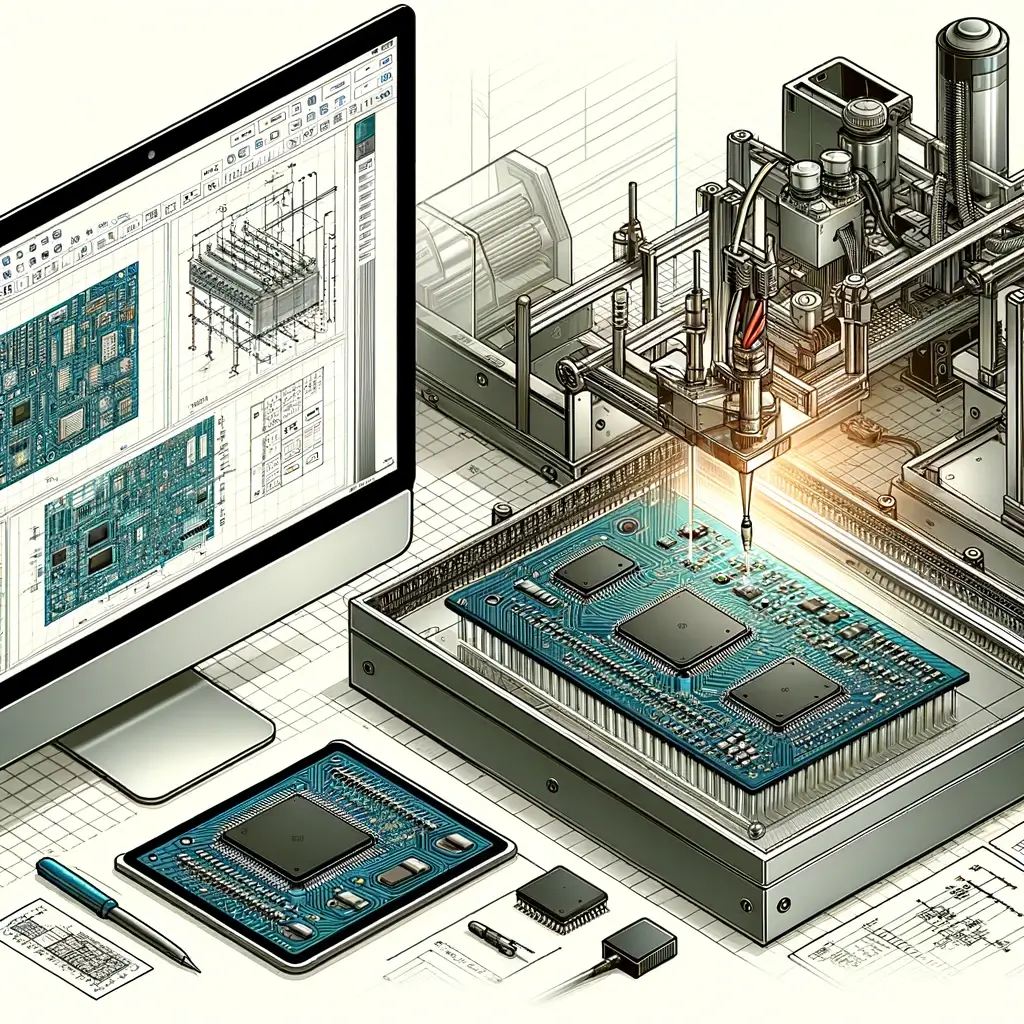Understanding the Role of Printed Circuit Board Assemblies
Printed circuit board assemblies (PCBAs) play an integral role in the functioning of various electronic devices. These boards serve as the foundation for connecting a wide range of circuit components and provide pathways for the flow of electronic signals. In recent years, advancements in technology have led to an increased level of complexity in electronic devices, thereby increasing the importance of PCBAs in ensuring proper functionality. This blog post aims to provide an overview of PCBAs – their role and function in electronic devices.
1. What are PCBAs?
Printed circuit board assemblies (PCBAs) are electronic devices that connect various electrical components in a device. These boards consist of a non-conductive substrate material that has conductive pathways etched on its surface. The electrical components such as resistors, capacitors, diodes, transistors, microprocessors, and others are then connected to the PCB surface-mounted, through-hole technology, or ball-grid array technology. By interconnecting circuit components, PCBAs can accomplish complicated circuit designs, making them essential components in electronic devices.
2. The Function of PCBAs in Electronic Devices
The primary function of PCBAs in electronic devices is to provide a platform for connecting individual electronic components. PCBAs facilitate the flow of electrical signals and minimize the potential for signal degradation. They also help to integrate various functions into a single compact module, which enhances the performance of electronic devices. In addition, PCBAs aid in reducing the overall cost of electronic devices and can be produced in large quantities, making the manufacturing process cost-effective.
3. PCBAs in Manufacturing and Assembly
PCBAs play a significant role in the manufacturing and assembly of electronic devices. PCB layout and design are the foundations of a successful electronic device manufacturing and assembly. These designs are created using computer-aided design (CAD) software, and they are required to follow a specific set of industry standards and regulations. Furthermore, PCBAs undergo strict quality testing, ensuring their compatibility with the electronic devices they are integrated into.
4. PCBAs in Product Design and Innovation
PCBAs are critical components in the development and innovation of new electronic devices. They provide the means for designers to create complex circuits in small packages, maximizing the potential of new products. Moreover, the introduction of new PCB materials, design techniques, and assembly methods can make way for new and innovative devices with exceptional levels of functionality, leading to the development of new markets and improved customer experiences.
5. Advancements in PCBAs
Advancements in technology have enabled the development of smaller and more integrated PCB designs, pushing the boundaries of what is possible in electronic device technology. Techniques such as surface-mount technology (SMT) and ball-grid array (BGA) packaging have allowed for the production of smaller microprocessors, expanding the possibilities for miniature devices like smartphones and wearables. Additionally, the integration of wireless charging coils and new PCB materials such as organic substrates and flexible PCBs have enabled device manufacturers to explore unique designs and features.
Conclusion:
Printed circuit board assemblies (PCBAs) serve as essential components in the functioning of electronic devices, as they facilitate the flow of electrical signals and connect intricate circuit designs. The use of PCBAs in electronic devices plays a critical role in the manufacturing, assembly, and innovation of new products. As technology advances, PCBAs will continue to evolve, introducing new materials, designs, and techniques – pushing the boundaries of possibility in electronic device technology. As a result, the role of PCBAs will continue to be integral in ensuring the performance and functionality of electronic devices.



